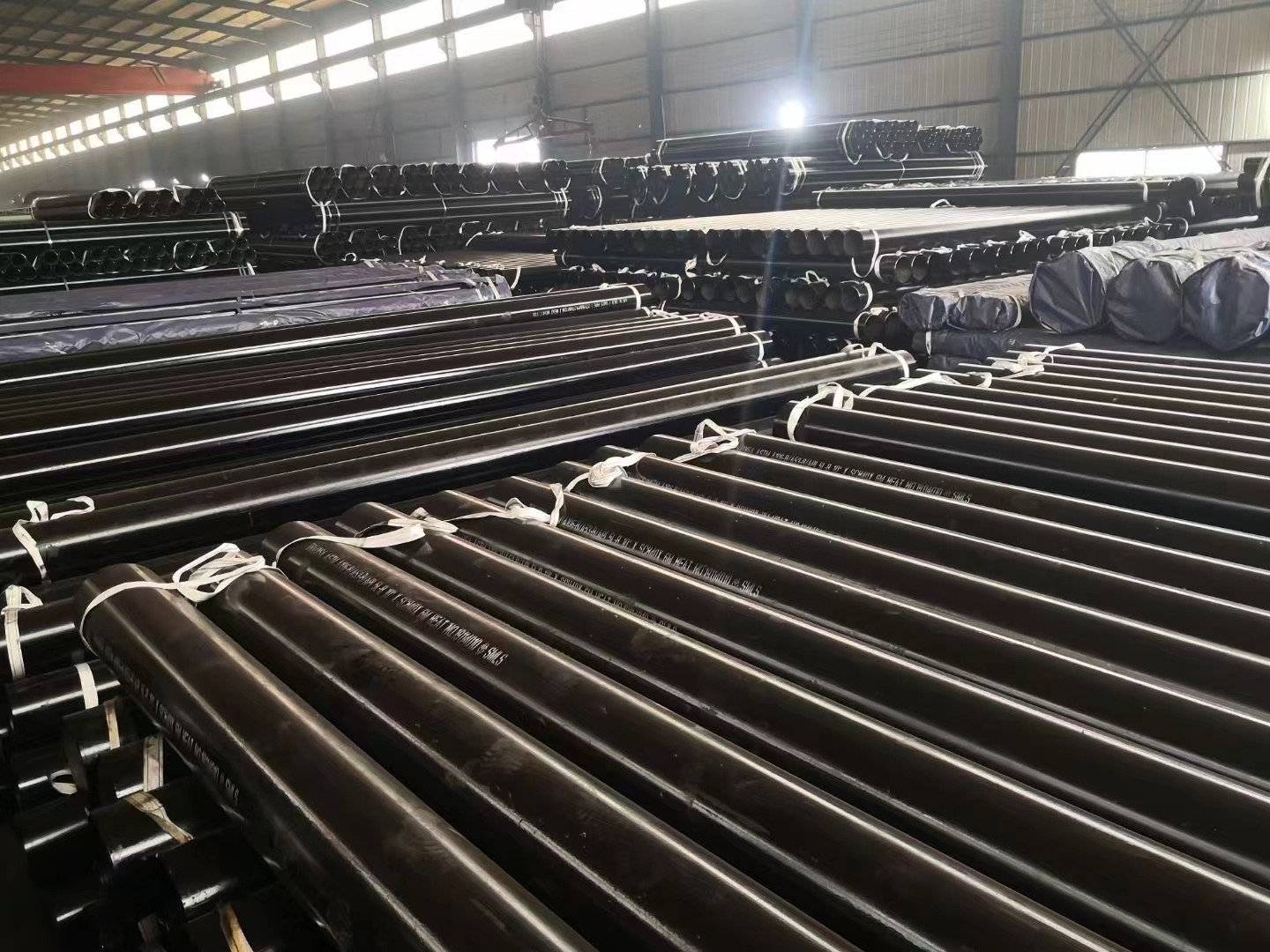-
Cangzhou Yulong Steel Co., Ltd.
-
Phone:
+86 13303177267 -
Email:
admin@ylsteelfittings.com
- English
- Arabic
- Italian
- Spanish
- Portuguese
- German
- kazakh
- Persian
- Greek
- French
- Russian
- Polish
- Thai
- Indonesian
- Vietnamese
- Zulu
- Korean
- Uzbek
- Hindi
- Serbian
- Malay
- Ukrainian
- Gujarati
- Haitian Creole
- hausa
- hawaiian
- Hebrew
- Miao
- Hungarian
- Icelandic
- igbo
- irish
- Japanese
- Javanese
- Kannada
- Khmer
- Rwandese
- Afrikaans
- Albanian
- Amharic
- Armenian
- Azerbaijani
- Basque
- Belarusian
- Bengali
- Bosnian
- Bulgarian
- Catalan
- Cebuano
- China
- China (Taiwan)
- Corsican
- Croatian
- Czech
- Danish
- Esperanto
- Estonian
- Finnish
- Frisian
- Galician
- Georgian
- Kurdish
- Kyrgyz
- Lao
- Latin
- Latvian
- Lithuanian
- Luxembourgish
- Macedonian
- Malgashi
- Malayalam
- Maltese
- Maori
- Marathi
- Mongolian
- Myanmar
- Nepali
- Norwegian
- Norwegian
- Occitan
- Pashto
- Dutch
- Punjabi
- Romanian
- Samoan
- Scottish Gaelic
- Sesotho
- Shona
- Sindhi
- Sinhala
- Slovak
- Slovenian
- Somali
- Sundanese
- Swahili
- Swedish
- Tagalog
- Tajik
- Tamil
- Tatar
- Telugu
- Turkish
- Turkmen
- Urdu
- Uighur
- Welsh
- Bantu
- Yiddish
- Yoruba

Nov . 05, 2024 21:53 Back to list
Specifications and Dimensions of 6-Inch ANSI 150 Flange for Industrial Applications
Understanding the 6-Inch ANSI 150 Flange
Flanges are essential components in various piping systems, playing a crucial role in connecting pipes, valves, pumps, and other equipment. The ANSI (American National Standards Institute) standards specify the dimensions, tolerances, and material requirements for flanges, ensuring interoperability and safety across the industry. In this article, we will explore the characteristics of a 6-inch ANSI 150 flange, its applications, and its significance in piping systems.
What is an ANSI 150 Flange?
Flanges come in different pressure ratings, and ANSI 150 is one of those classifications. The term 150 refers to the pressure rating for the flange, which is designed to operate at temperatures and pressures dictated by specific service conditions. The ANSI 150 flanges can typically handle a pressure of up to 150 psi (pounds per square inch) at ambient temperatures.
The designation 6-inch indicates the nominal diameter of the flange, meaning the inside diameter of the connected pipe is 6 inches. Flanges are available in various sizes to accommodate diverse piping configurations, and a 6-inch flange is commonly used in industrial applications requiring moderate flow rates and pressures.
Design and Composition
ANSI 150 flanges are generally made from a variety of materials, including carbon steel, stainless steel, and alloys, depending on the application's requirements, such as temperature, pressure, and potential corrosive environments. The most common material for a 6-inch ANSI 150 flange is carbon steel, often coated to resist corrosion.
The design of the flange typically includes a flat face, raised face, or ring type joint. The raised face type is common in ANSI flanges as it allows for a better seal when mated with a gasket. The standard dimensions specified by ANSI ensure that flanges can be seamlessly used in a broad range of applications.
Applications
flange 6 inch ansi 150

6-inch ANSI 150 flanges are prevalent in numerous industries, including oil and gas, chemical processing, water treatment, HVAC systems, and power generation. Their ability to withstand moderate pressures while being relatively easy to install and maintain makes them a preferred choice for connecting various components in a piping system.
In the oil and gas industry, for example, these flanges connect pipelines that transport crude oil, natural gas, and processed products. In chemical plants, they are often used to link equipment such as reactors, separators, and storage tanks, allowing for efficient processing of materials.
Installation and Maintenance
When installing a 6-inch ANSI 150 flange, it is crucial to ensure proper alignment with the adjoining pipe and that the surfaces are clean and free of debris. Proper gasket placement is essential for achieving a reliable seal. The flanges should be bolted together in a controlled manner, using a crisscross pattern to ensure even pressure distribution, which helps to prevent leaks.
Periodic maintenance is also important for ensuring the integrity of the flange and the overall piping system. Regular inspections help identify potential issues like corrosion, wear, and deformation, allowing for timely repairs or replacements. A well-maintained flange connection can significantly extend the lifespan of a piping system.
Conclusion
The 6-inch ANSI 150 flange is a fundamental component in industrial piping systems, offering robustness, reliability, and ease of installation. Understanding its design, applications, and maintenance requirements is vital for engineers and technicians working to maintain efficient and safe operations across various sectors.
Whether used in a refinery, chemical plant, or a water treatment facility, the ANSI 150 flange plays a significant role in ensuring that processes run smoothly. As industries continue to evolve and improve technologies, the importance of flanges as critical connectors in piping systems will remain integral to the success of engineering projects worldwide.
Latest news
-
ANSI 150P SS304 SO FLANGE
NewsFeb.14,2025
-
ASTM A333GR6 STEEL PIPE
NewsJan.20,2025
-
ANSI B16.5 WELDING NECK FLANGE
NewsJan.15,2026
-
ANSI B16.5 SLIP-ON FLANGE
NewsApr.19,2024
-
SABS 1123 FLANGE
NewsJan.15,2025
-
DIN86044 PLATE FLANGE
NewsApr.19,2024
-
DIN2527 BLIND FLANGE
NewsApr.12,2024
-
JIS B2311 Butt-Welding Fittings LR/SR 45°/90° /180°Seamless/Weld
NewsApr.23,2024











